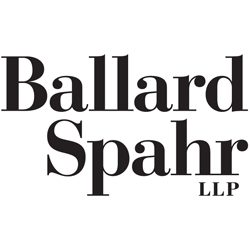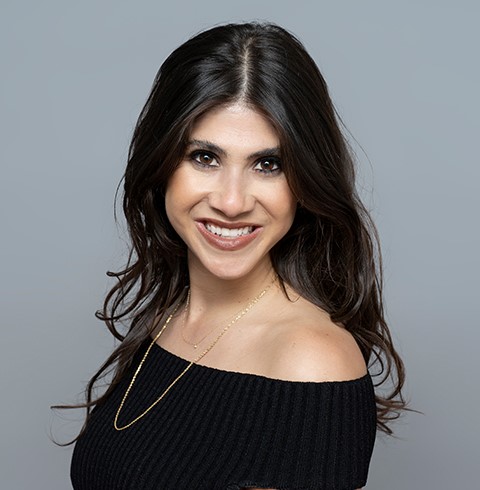A capital raise does not always require you to put a valuation on your company and sell equity (today). You can use instruments — such as SAFEs and convertible notes — which defer the negotiation about the company’s valuation to a later date and enable you to keep your capitalization table small as you get through the earliest stages of growing your business.
Priced rounds
In a traditional sale of equity to investors, investors provide cash in exchange for shares of company stock. This can be a lengthy and challenging process, as it requires the parties to agree on a valuation of the company in order to derive a price per share. Investors in a priced round also often negotiate for certain preferential stockholder rights, such as special voting provisions, liquidation preferences, dividend payments and board seats in order to protect the investor’s investment. The negotiation of the preferential stockholder rights can be costly, time-consuming and a drag on the company’s quick go-to-market strategy.
Early-stage financing alternatives to priced rounds
Convertible notes and SAFEs (which stands for “Simple Agreement for Future Equity”) are two common financing alternatives to a priced round. Both convertible notes and SAFEs are agreements pursuant to which the investor provides cash today in exchange for company shares in the future. These instruments usually defer the issuance of the company’s shares to the investors until a priced round at a later date (often the priced round has to be in excess of $1 million). In this way, convertible notes and SAFEs allow founders to raise capital without having to agree on a valuation or the scope of investors’ rights at the time of investment.
Convertible notes and SAFEs have a lot of terms in common. Both can include the following negotiable terms:
- Valuation cap: This is the maximum valuation at which an investor’s convertible note or SAFE will convert to equity. The lower the cap, the more the convertible note or SAFE will be worth in terms of company shares that the holder will receive upon conversion. This protects early investors’ upside if the company raises money at a valuation above the valuation cap.
- Discount: This is a percentage discount for convertible note and SAFE holders on the price per share of stock sold in a priced round. The effect is similar to a valuation cap in that discounts allow early investors to convert to equity at a lower price per share than subsequent investors.
- Threshold for equity raise: This is usually the requirement that the instrument convert to equity upon an equity raise (the threshold is typically $1 million).
- Conversion upon a sale of the company: Both SAFEs and convertible notes include features to enable the holder to benefit if there is a sale of the company before the investor’s instrument converts to shares in the company. Typically, the feature provides that the investor will receive the greater of its principal and interest returned OR the amount of consideration (which can be a mix of cash and non-cash proceeds) that the investor would have received if the investor converted the note or the SAFE into equity immediately before the sale of the company. This ensures that the investor gets the benefit of the upside if the company is acquired before the next priced round.
But, convertible notes and SAFEs are not exactly the same. Below are the key differences:
Convertible notes
- Background: A convertible note is a loan from an investor to a company, which can be converted to equity in the company when it comes time for the loan to be repaid. The initial amount given by the investor functions as the loan principal, and interest accrues over time at a negotiated rate. The principal and interest become due at the note’s maturity date (the length of time from signing until the maturity date is a negotiable term). At the maturity date, if there has not yet occurred a priced round (usually of $1 million or more), an investor can either accept repayment in cash or convert the value of the note — the principal plus interest — into shares in the company. In short, convertible notes are debt, that accrue interest and that include a maturity date (upon which the investor could theoretically demand a return of their principal plus interest).
- Traditional debt
- Accrues interest
- Maturity date (a date on which the holder can demand their principal and interest back)
SAFEs
- Background: SAFEs were first introduced in 2013 by startup accelerator Y Combinator as a streamlined alternative to convertible notes. The primary difference between SAFEs and convertible notes is that SAFEs are not traditional debt instruments. As such, SAFEs do not accrue interest or have a maturity date.
- Not typically booked as debt
- Does NOT accrue interest
- No maturity date
Comparison
SAFEs and convertible notes also differ in structure. Convertible notes are typically issued under an overarching “note purchase agreement” which dictates the key terms of the financing, including any discount or valuation cap (see above) that will be applied when noteholders convert their debt to equity. By contrast, SAFEs are most often issued as standalone agreements with individual investors. Because there is not a single purchase agreement for SAFEs, companies must be careful to avoid unintentionally issuing SAFEs with different terms to different investors (which can make for a messy cap table).
SAFEs are also more standardized than convertible notes, making them cheaper and easier to close. Model forms for SAFEs are freely available on Y Combinator’s website. Founders can simply download the form, fill in the blanks, and present to investors to sign. But convenience and usability can be a double-edged sword. Founders must still be careful when issuing SAFEs to investors, because raising capital on SAFEs is still a “securities transaction” subject to securities rules and regulations. Founders have to remember to have the company’s board approve the SAFE issuance and to consider whether a Form D should be filed.*
Finally, because SAFEs are a relatively recent innovation, investors may not all have the same level of familiarity and comfort with SAFEs as they do convertible notes. While an investor who is willing to invest through a SAFE would likely also be comfortable with a convertible note, the inverse is not necessarily true. When raising a SAFE round, founders should be aware of the possibility that some potential investors might only feel comfortable investing on convertible notes.
Bottom line
Convertible notes and SAFEs serve largely the same purpose. Both instruments enable founders to raise money while retaining control over their companies and deferring negotiations around valuation, investors’ rights and other thorny issues to a later date.
Still, there are important differences between SAFEs and convertible notes. While this article addresses several of these differences in broad strokes, the devil is in the details. Both founders and investors should consult with counsel and make sure that all parties understand and agree to the terms before entering into any kind of formal financing arrangement.
*Any offering of securities must either be registered or exempt from registration under both federal law and the law of the state(s) in which the Investors reside. A company can “perfect” the exempt status of an offering (such as a SAFE issuance) by filing a Form D with the SEC. The Form D filing must disclose, among other things, the name and address of each of the company’s directors and executive officers, the types of securities offered and the minimum investment accepted from any outside investor.
_
Kim’s Korner is a series of articles by Ballard Spahr’s emerging company and venture capital attorneys. The column is not legal advice. The substance of the column is derived from our experience working with founders and details many of the current critical issues facing startups.
Learn more about Ballard Spahr
This is a sponsored guest post by Ballard Spahr. Ballard Spahr is a Technical.ly Ecosystem Builder client.
Before you go...
Please consider supporting Technical.ly to keep our independent journalism strong. Unlike most business-focused media outlets, we don’t have a paywall. Instead, we count on your personal and organizational support.
Join our growing Slack community
Join 5,000 tech professionals and entrepreneurs in our community Slack today!

The person charged in the UnitedHealthcare CEO shooting had a ton of tech connections

From rejection to innovation: How I built a tool to beat AI hiring algorithms at their own game

Where are the country’s most vibrant tech and startup communities?


